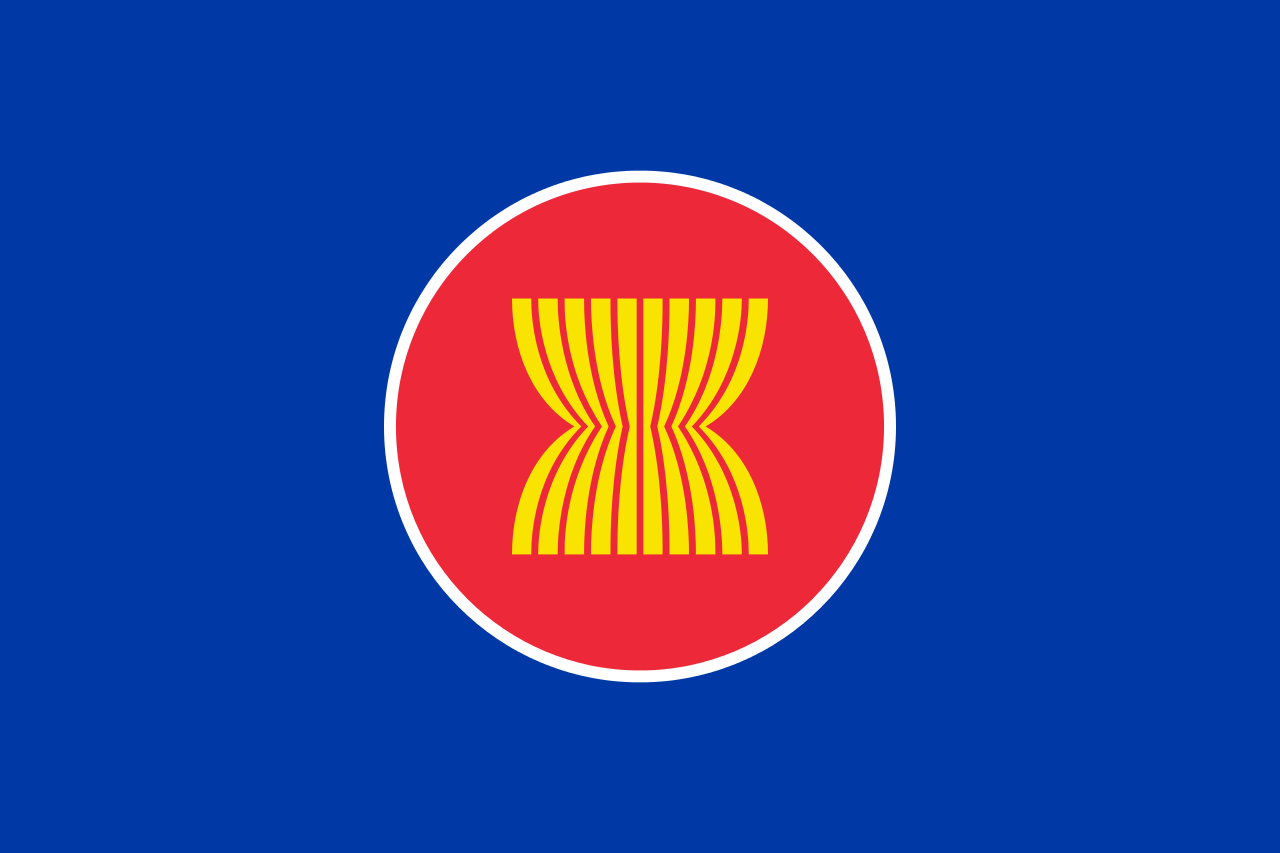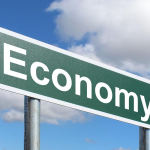Thailand is considered to be one of the most promising industries that can contribute to the establishment of the ASEAN Economic Community (AEC) by the Association of Southeast Asian Nations, which is set to become reality by December 31 of this year.
First, however, let us take a good look at what the ASEAN Economic Community is all about and what its expressed purpose is.
Free Trade Across All Member Nations
The ASEAN’s charter has always been clear about its goal, and that is the development of the entire Southeast Asian Nation. This, according to the organization, can be achieved only when there is inter-regional cooperation between the 10 member nations of the international body. These member countries are, by the way, Thailand, Malaysia, Singapore, Cambodia, Vietnam, Myanmar, Laos, Indonesia, the Philippines and Brunei.
Part of this effort towards inter-regional cooperation is the establishment of an ASEAN free trade zone, which will promote inter-country imports and exports of goods and services. This free trade zone will be the ASEAN Economic Community, theoretically described as a single market where the members trade with each other.
In line with this, the ASEAN aims to have each member country reduce or even eliminate the tariffs that have been imposed on their imports from fellow ASEAN nations. This will result to a mutually beneficial market that also makes trading easier thanks to the standardized tariff rates that the member nations have agreed to under the ASEAN regional free trade agreement or FTA.
The Bangkok Post noted in an article that the region is, in fact, poised to make the AEC a fully functioning reality by December 31. As to how far the nations have prepared themselves by reducing tariffs and import taxes, the article stated that the organization as a body has succeeded in meeting 80% of their goals.
There are still challenges that are yet to be met, particularly in Thailand.
Thailand’s Challenges to Meeting the AEC’s Goals
According to the article, eight industries in Thailand are yet to be liberalized and improved in order to attract more investors to take part in the free flow of labor coming from the country. These industries in particular are the medical, dentistry, nursing, engineering, architecture, accountancy, surveying and tourism markets.
As for trade sectors, Thailand has successfully opened up its retail, wholesale and transport sectors to foreign investment in line with the AEC’s goal. Notably, the Thai automobile industry is the one that is the most suitable to meet the community’s goals – automobile companies have been able to import what’s needed for their production in Thailand from other ASEAN nations without the government imposing tariffs or taxes on these materials.
Finally, the article said that Thailand’s small and medium-sized businesses need to begin taking a “broader perspective” when it comes to potential markets abroad.
The AEC is, at least in theory, a single market whose stated goal is to produce $2.5 trillion in gross domestic product and regional trade valuing $1 trillion.
What this means for investors, however, is that, while Thailand, together with the other ASEAN countries, is still hard at work at preparing for an integrated economy, it is also poised to become a major hub for foreign investment even those coming from non-ASEAN members. Any foreigner who adds to Thailand’s economy before and after integration can take advantage of the large labor base with competitive skills that the community will open up.






